Search
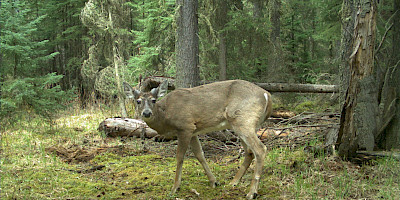
Alberta Oil Sands Region Focal Area Program
Alberta Oil Sands Region
To better understand the direct impact of various oil sands industry activities on mammals and birds, the ABMI designed a monitoring program focussed on the in-situ region of the Oil Sands Region (OSR). Broadly speaking, the design...
Learn More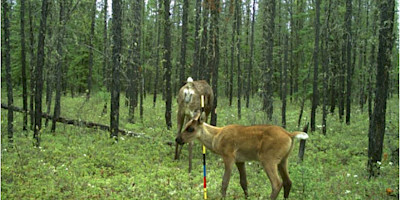
Ecosystem Monitoring Camera Program
Cold Lake, East Side Athabasca, West Side Athabasca, Saskatchewan
The Ecosystem Monitoring Camera Program’s goals are two-fold. The first goal will be to monitor multi-species responses to caribou management actions over time using a remote camera program. The program specifically monitors changes in...
Learn More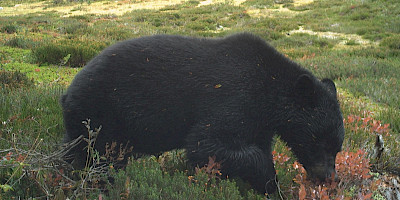
Wildlife Responses to Recreation in Joffre Lakes and Garibaldi Provincial Parks
In summer 2020, we deployed 38 camera traps in Joffre Lakes Provincial Park and Garibaldi Provincial Park to survey wildlife responses to varying levels of human use of the protected areas during COVID-19 shutdowns. We are specifically...
Learn More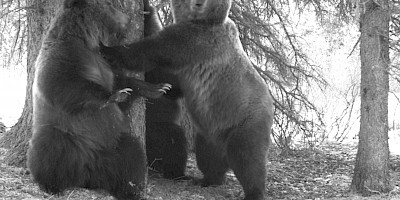
Bighorn Backcountry Project
The Bighorn Project seeks to understand how anthropogenic footprint and human activity affects mammal communities in this amazing wilderness in Alberta’s Rocky Mountains. This multi-use landscape houses a nearly intact large mammal...
Learn More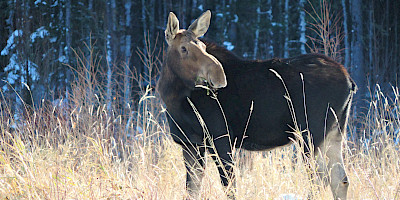
Boreal Oil Sand Mammals - Christina Lake Project
Christina Lake
The Christina Lake Project seeks to understand how oil sands development, together with forest harvesting and roading, affect mammal communities in this highly developed corner of Alberta’s boreal forest. This unique landscape is a...
Learn More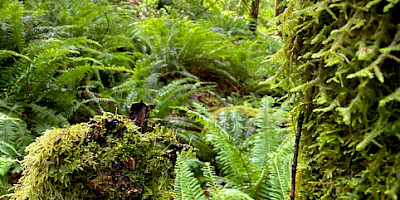
Sechelt Peninsula - Mammal Camera Study
Sechelt Peninsula
Conservation and management of Roosevelt Elk (Cervus canadensis roosevelti) requires accurate and precise population estimates. Current regional inventory methods involve aerial inventory surveys with corrections for sightability based on...
Learn More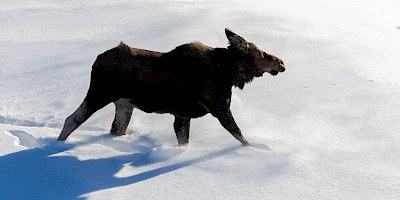
Interior BC Moose Predation Risk Project
Two study areas: 1) southwest of Prince George & 2) northwest of Kamloops
Two arrays of 50 wildlife cameras were deployed southwest of Prince George and northwest of Kamloops to identify the impacts of forest harvesting on distributions of moose and their predators. Predator distributions will be used to...
Learn More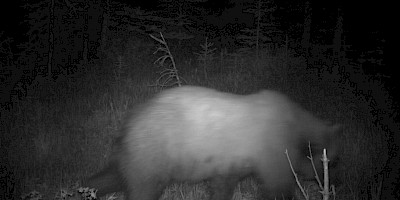
Body Condition Monitoring of Grizzly Bears Using Remote Cameras
Flathead valley, BC
We are collecting photos of grizzly bears so we can estimate body condition using a computer-based measurement method of bear size described by Shirane et al (2020; https://peerj.com/articles/9982/). The placement of cameras is critical...
Learn More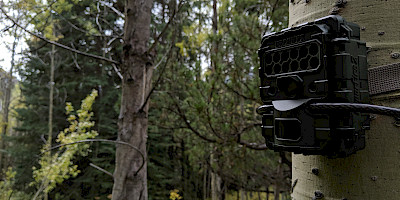
Fernie Recreation Monitoring
WMU 4-23
20 cameras monitoring recreation effects of motorized and non-motorized recreation near Fernie. Paired cameras on adjacent wildlife trails.
Learn More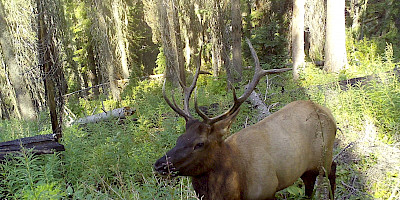
Fuel Management and Wildfire Impacts on Vegetation, Wildlife and Water Quality Given Climate Change
West Kootenays
Wildlife cameras have been deployed throughout two regions burned by wildfire, one in 2018 and one in 2021, with cameras within unburned control sites, and burned sites at various burn severities. Many cameras are also up in two unburned...
Learn More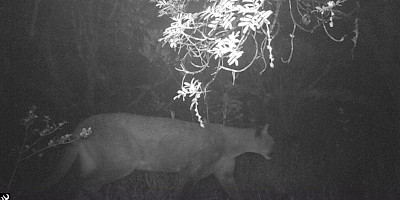
The Impact of Tourisms on the Ecosystems and Fauna of the Huascaran National Park, Peru
Huascaran National Park
Evaluate the response of the native mammal fauna during the lockdown in Huascaran National Park
Learn More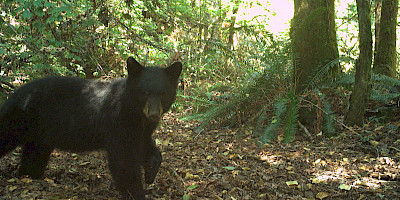
Mammalian Use of Riparian Corridors
Squamish, Maple Ridge
We used camera traps to understand how development intensity, stream channel morphology, and other landscape features influence how mammalian communities use stream, riparian, and upland terrestrial habitat types within watersheds. We...
Learn More